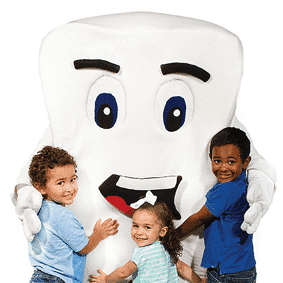Instilling good oral hygiene habits in children from an early age is key to ensuring their long-term dental health. As a parent, you may wonder when to introduce essential tools like toothpaste, floss, and mouthwash to your child. At Tebo Dental, we are committed to guiding you through every stage of your child’s dental health needs. This article outlines when and how to integrate these critical elements of oral care into your child’s routine.
When Should Your Child Start Using Toothpaste?
- Introducing Toothpaste Early: The American Academy of Pediatric Dentistry (AAPD) recommends starting the use of fluoride toothpaste as soon as your child’s first tooth emerges, which is typically around six months of age (MouthHealthy.org, AAPD).
- Fluoride Toothpaste: For children under three years of age, use a tiny smear of fluoride toothpaste that is about the size of a grain of rice. You can increase the amount to a pea-sized dab for children three to six years of age (bestsmile.com).
- Why Fluoride Matters: Fluoride helps prevent cavities by strengthening tooth enamel, which is especially important for your child’s teeth as they develop (ADA.org).
When Should Your Child Start Flossing?
- Flossing When Teeth Touch: Once your child has two teeth that touch, usually between the ages of two and three, it is time to begin flossing. This allows you to remove food particles and plaque from between the teeth (bestsmile.com).
- Guided Flossing: Parents should help their child floss at first to ensure correct technique and thoroughness. By ages 8 to 10, children can typically floss on their own with some supervision (MouthHealthy.org).
- Flossing Tools for Children: Special floss picks designed for kids can make the process easier and more fun. These tools are more manageable for small hands and can make flossing an enjoyable part of your child’s routine.
When Should Your Child Start Using Mouthwash?
- Wait Until Age Six: Most dentists recommend waiting until your child is around six years old before introducing mouthwash. By this age, children have developed the ability to spit it out rather than swallow it (MouthHealthy.org).
- Fluoride Mouthwash: When your child starts using mouthwash, opt for an alcohol-free fluoride rinse that helps strengthen their enamel and protect against cavities. Be sure to use a product designed specifically for children.
- Teaching Proper Use: Supervise your child’s use of mouthwash, ensuring they swish it around for 30 seconds before spitting it out. Mouthwash should complement brushing and flossing, not replace it.
Oral Hygiene Routine Tips
- Brushing Technique: Ensure your child brushes twice a day for two minutes each time, covering all surfaces of their teeth, including the back and sides (AAPD).
- Flossing Consistency: Aim for daily flossing, ideally before bedtime, to remove plaque that brushing cannot reach.
- Encourage Healthy Habits: Make brushing and flossing a fun activity by using colorful toothbrushes, flavored toothpaste, or songs to time their brushing sessions.
Need More Guidance?
Building strong oral hygiene habits early on will pave the way for a lifetime of healthy smiles. At Tebo Dental, we are here to help you and your child at every stage of their dental care. Understanding when to introduce toothpaste, floss, and mouthwash can set your child on the right path toward excellent oral health.
For personalized recommendations on your child’s dental care routine, schedule a visit with Tebo Dental today. Our team ensures your child develops the best oral hygiene habits for a lifetime of healthy teeth.





